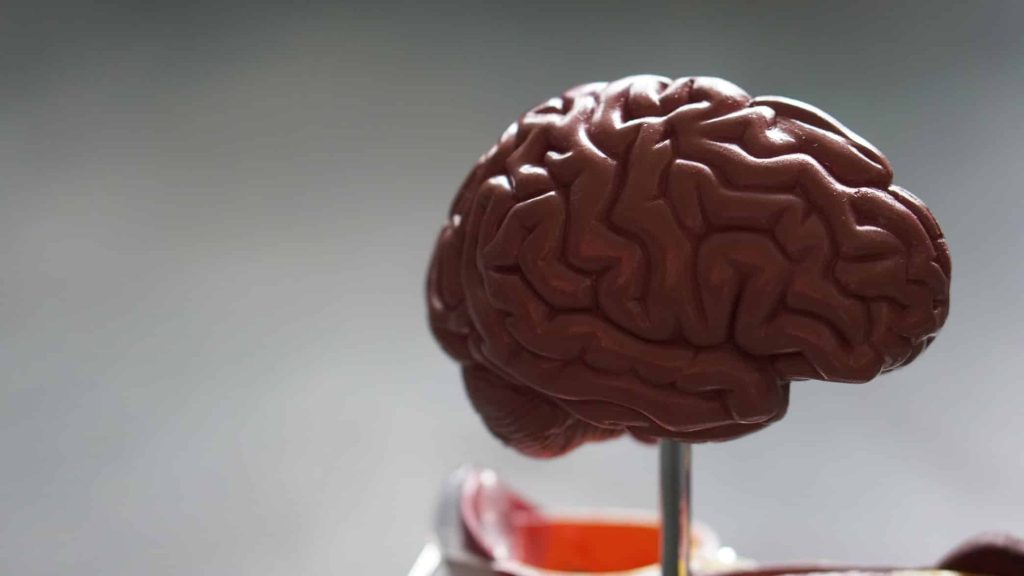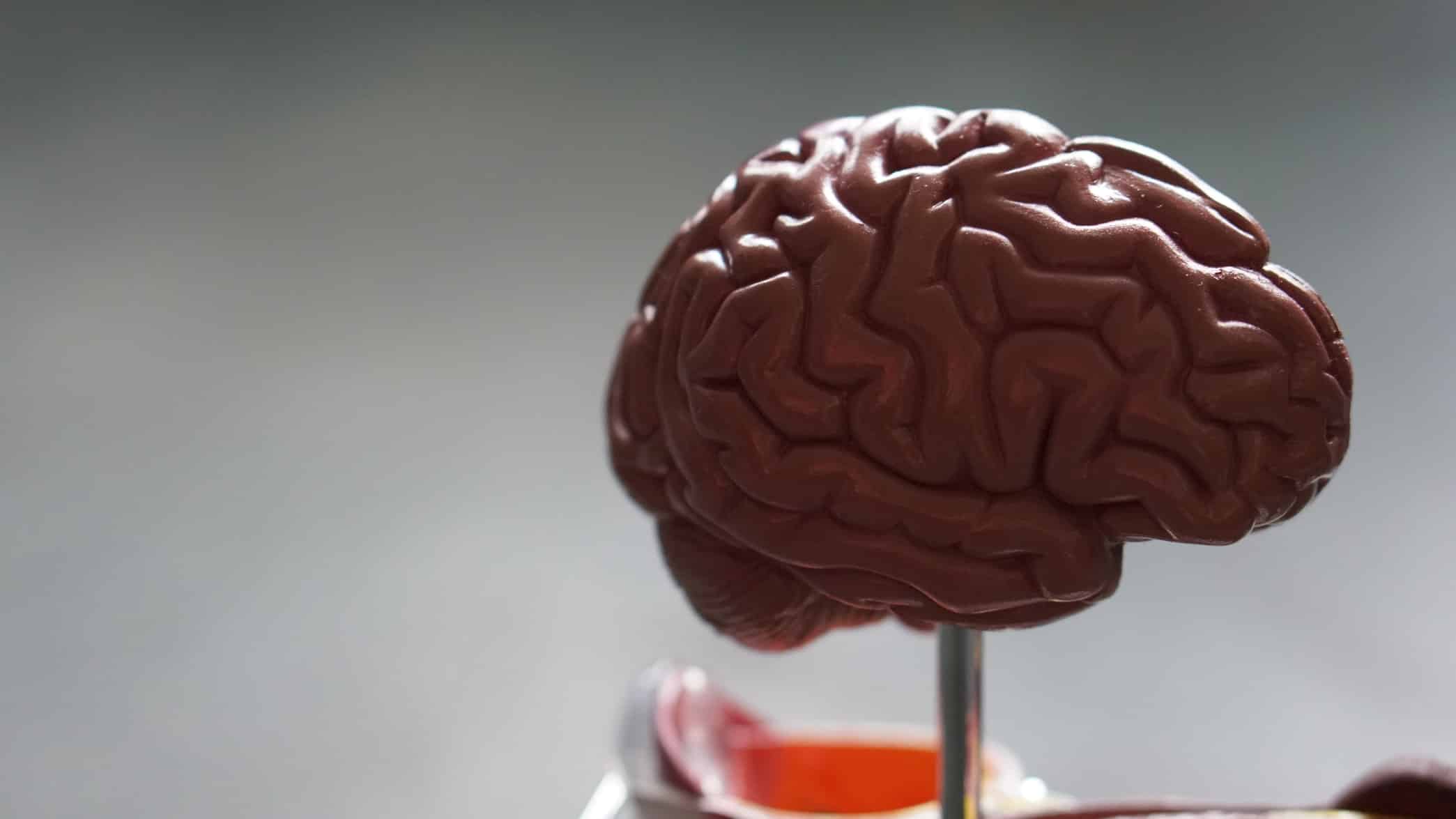Stroke, the top cause of serious long-term disability in this country, affects 17 million Americans every year. More than one million survivors suffer functional limitations in daily activities as a result of their stroke, with more than 50 percent of stroke survivors having a long-term walking impairment. Such impaired ambulation is associated with an increased risk of falls, limited social participation, and overall lower quality of life.
Disruptive clinical robotics like those developed by Ekso Bionics are becoming mainstays in rehabilitation centers all across the country. In fact, our wearable technology has helped thousands of stroke patients take 130 million steps and counting, backed by a goal of rethinking rehabilitation: getting stroke patients to regain their full mobility.
After a stroke, the long-term goal of rehabilitation is for the patient to be successfully reintegrated into the community, with recovery of walking ability as the top functional objective. This is achieved through task-specific, progressive, repetitive training based on the principles of neuroplasticity and motor learning. With targeted rehabilitation, the hope is to reorganize the brain to relearn skills that were lost as a result of the stroke.

Exoskeleton Suits: Aiding in Recovery
Robotic exoskeleton suits used during rehab can help greatly with ambulation by providing earlier mobility and thus, restored independence. Such suits can enhance post-stroke gait training, guiding weight shifts, and improving step patterns and cadence. The end goal is to enable patients to stand up and walk earlier in the process than ever before.
For gait rehabilitation after stroke, patients can don a wearable device such as a robotic exoskeleton suit with anatomically-aligned motors that offer assistance during ambulation. Therapy progression is a key part of rehab, and exoskeleton technology encourages progress and documents improvements. Ideal exoskeleton suits for stroke patients will include options for control of the lower limbs while facilitating pre-gait training, balance training, transfers, and stepping.
Another benefit to exoskeleton devices in stroke rehabilitation is the potential to empower, encourage, inspire, and motivate patients. Gait training sessions in the exoskeleton include meaningful walking time, which in turn boosts patient morale, enthusiasm, and motivation. The use of exoskeletons also results in increased steps per session, better gait balance, and symmetry, and improved functional independence.
As many as 80 percent of stroke survivors have considerable gait deficits, including asymmetrical walking patterns and reduced walking speeds, thereby limiting their capacity for ambulation. Nearly 40 percent of stroke survivors have moderate-to-severe impairments that require special care, while 10 percent more are admitted to long-term care or skilled nursing facilities and classified as unlikely to walk again. This is why the need exists for development of mobility-training strategies for survivors of severe stroke. Exoskeleton suits are a major component of that goal.

How Ekso Bionics Helps
Here at Ekso Bionics, we offer a wearable suit, called EksoNR, which was developed exclusively for use in rehabilitation centers and clinical settings to help stroke patients gain back their mobility sooner. EksoNR is the first exoskeleton FDA-cleared for stroke, brain injury, and spinal cord injury, designed to ensure the most natural gait by re-teaching the brain and muscles how to properly walk again.
It is currently being used under the guidance of trained personnel in more than 270 rehabilitation centers around the world.
According to the CDC, each year, 795,000 people in the U.S. have a stroke, with 610,000 of those being first or new strokes; about 185,000 strokes (one in four) are repeat strokes. In many cases, stroke patients will get a few weeks of inpatient rehabilitation therapy, where rehab clinicians are forced to focus on getting their patients to walk again in whatever capacity possible due to the time constraints. This usually leads to the use of a walker, cane, or brace.
Stroke patients using wheelchairs are even worse off. They don’t get the support they need to work on their walking skills, plus, because they are sitting all day long, this impairs bowel and bladder function, reduces bone mass, and throws blood pressure off-kilter. An exoskeleton suit can put them in a load-bearing, standing position, which offers multiple benefits for proper bodily function.
The sad reality is that many stroke patients never learn how to walk normally again. But the increased use of exoskeleton suits can help correct aberrant movements while increasing the pace of the user.
Contact Ekso Bionics
To learn more about how robotic exoskeletons can aid in stroke rehabilitation, contact us at 510-984-1761.
